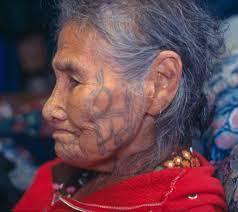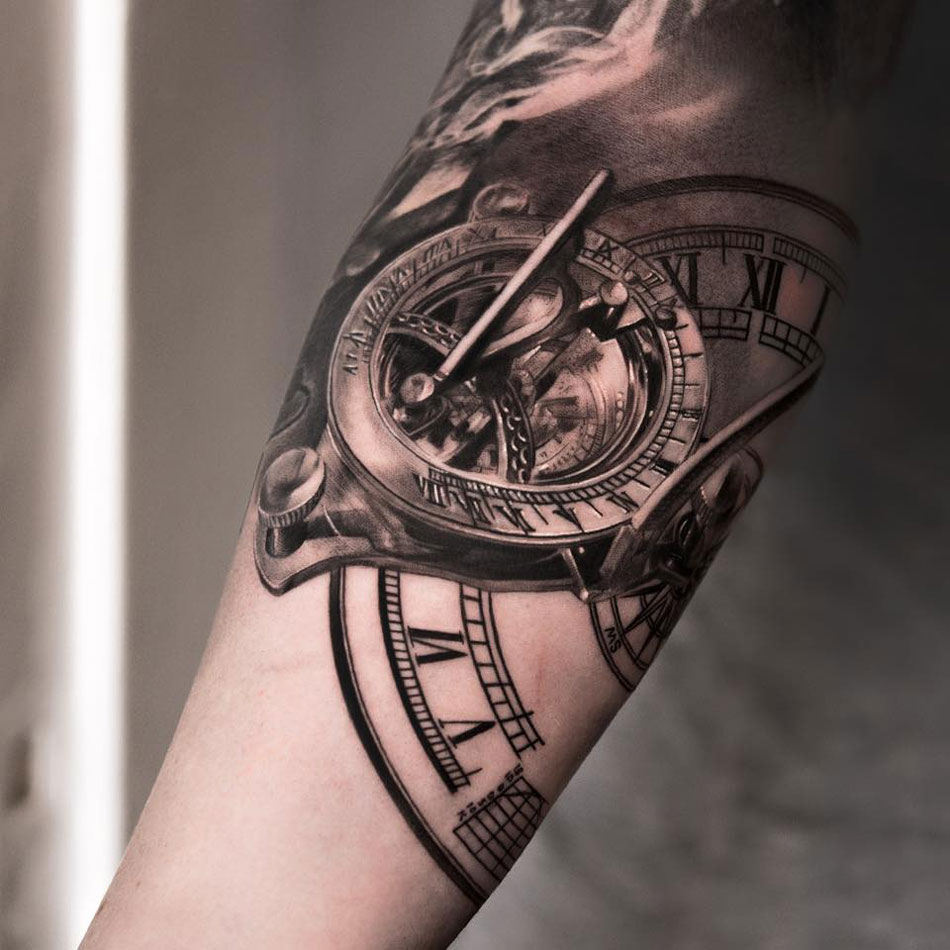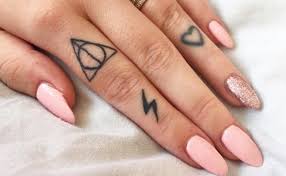
Introduction
Many Alaska Natives are resurrecting the ancient practice of facial tattooing that was nearly eradicated by colonialism. These tattoos serve as a way for individuals to showcase their heritage and clan identity through simple dots or geometric shapes on their skin. Moreover, Tattoos have symbolic meaning for those who get them and can result in profound healing and pride in their ancestry.
Facial Tattoos as Self-Expression
Facial Tattoos expressed identity among the Alaskan Native, First Nations, and Inuit tribes. These tattoos often represent a person’s status and achievements within their communities. The decision to reveal the meaning behind the Tattoos was left to the individual wearer, but their presence remained powerful symbols of Indigenous culture. Nowadays, facial tattoos are becoming more mainstream, with famous musicians using them to differentiate themselves in the music industry or to affiliate with specific groups or causes.
Facial Tattoos as Art and Symbolism
Facial tattoos can feature various elements such as landscapes, animals, or natural objects, representing a connection with nature or a desire for a more spiritual life. Some Tattoos depict horror characters, revealing an interest in exploring the darker aspects of life or showcasing a fascination with the horror genre. Additionally, tattoos may incorporate symbols or emblems from favorite comic books or movies.
Facial Tattoos as a Rite of Passage
Historically, facial tattoos held great spiritual significance for women, particularly in the chin area, which represented wisdom and spiritual strength. Traditional facial tattoos varied among First Nation, Inuit, and Metis groups and regions with common elements such as dots, straight lines, geometric shapes, and symmetrical designs. Tattoos on chins, corners of eyes, and foreheads were also prevalent. Model Quannah Chasinghorse, an advocate for Indigenous artists and body positivity in the fashion industry, uses her fame to revive facial tattoos and promote their cultural significance.
Facial Tattoos as Healing
Tattoos were crucial for indigenous cultures as a form of healing, marking their bodies as sacred spaces for spiritual and physical growth while warding off harmful spirits. European colonizers nearly eradicated these traditions, but Indigenous people are now working towards their revival. Grete Bergman, aiming to become one of the first Gwich’in women with a facial tattoo, seeks to reclaim this practice, once banned by 19th-century missionaries.
Facial Tattoos as Markers of Identity
Facial tattoos were markers of passage, identity, tribal membership, and group affiliation. Designs varied based on purpose: young women displayed strength tattoos on their chins to signify their readiness for marriage. Men showcased tattoos representing their first whale catch or identifying their tribal or community membership with dot patterns on joints. Tattoo researcher Lars Krutak has discovered that many designs date back thousands of years but were suppressed by 19th and 20th-century missionaries.
Conclusion
Today, more indigenous people are choosing facial tattoos to self-express, heal, and reclaim their cultural heritage. By embracing tribal markings and traditional practices, individuals demonstrate pride in their identity and express themselves through facial art, fostering a sense of connection with their ancestry and culture.

